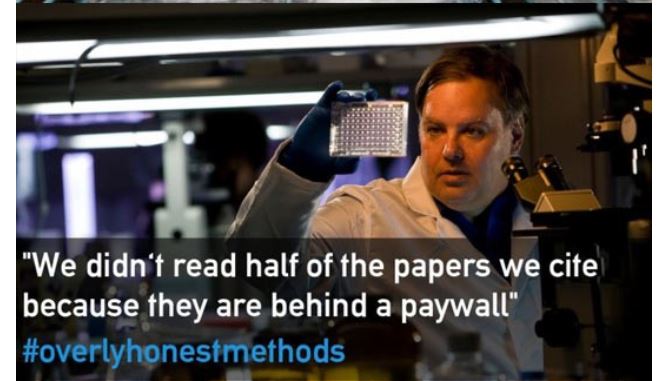The myths touched on in a previous Thursday post are extremely persistent, but aren’t usually very harmful. In contrast, the pseudoscience perpetuated by many supplement peddlers, like Dr. Oz, can have serious adverse effects. Hence it was no surprise that many in the scientific community applauded the congressional grilling of Dr. Oz, and John Oliver’s informative yet bleakly entertaining follow up.
While John Oliver did an excellent job highlighting the issue, no one actually believed that something would be done about the use of pseudoscience in selling dubious dietary supplements.
Proving everyone right, Business Insider just published an article on a new trendy supplement–Activated Charcoal:
With the change of the seasons (in this case, summer to fall), it always seems like people feel the need to detox their bodies.
A lot of the recent detox buzz is around activated charcoal. Charcoal, however, isn’t really new – it’s been around since long before the 19th century, when both the ancient Egyptians and Greeks used it as a multi-purpose poison and disease antidote.
Today, it’s most commonly used in emergency settings to treat accidental poisonings or drug overdoses. Well, that’s until someone decided it would make a great supplement for a detox program, anyway.
Seriously? Activated Charcoal as a dietary supplement? Disturbing. And just when you though the pseudoscience nonsense can’t get any worse, it turns out that Consumer Reports has may be pandering to Dr. Oz too, adding to existing concerns about Consumer Reports steady slide into promoting pseudoscience.
The Genetic Literacy project received a memo regarding Dr. Oz’s visit to Consumer Reports from a former senior editor who parted ways with CR after getting “fed up with the woo”. ‘Woo’ refers to pseudoscience, magical thinking, or quackery.

